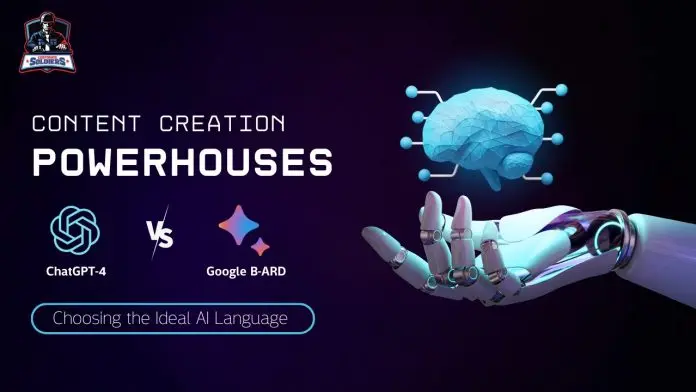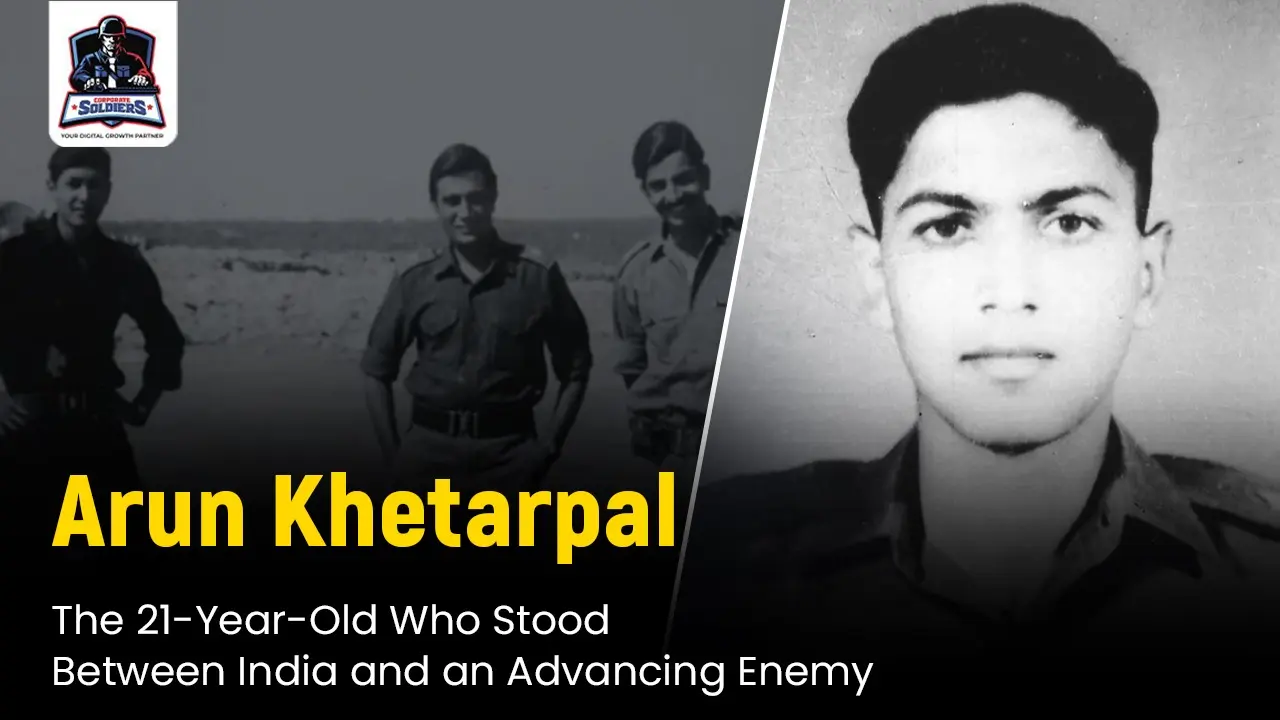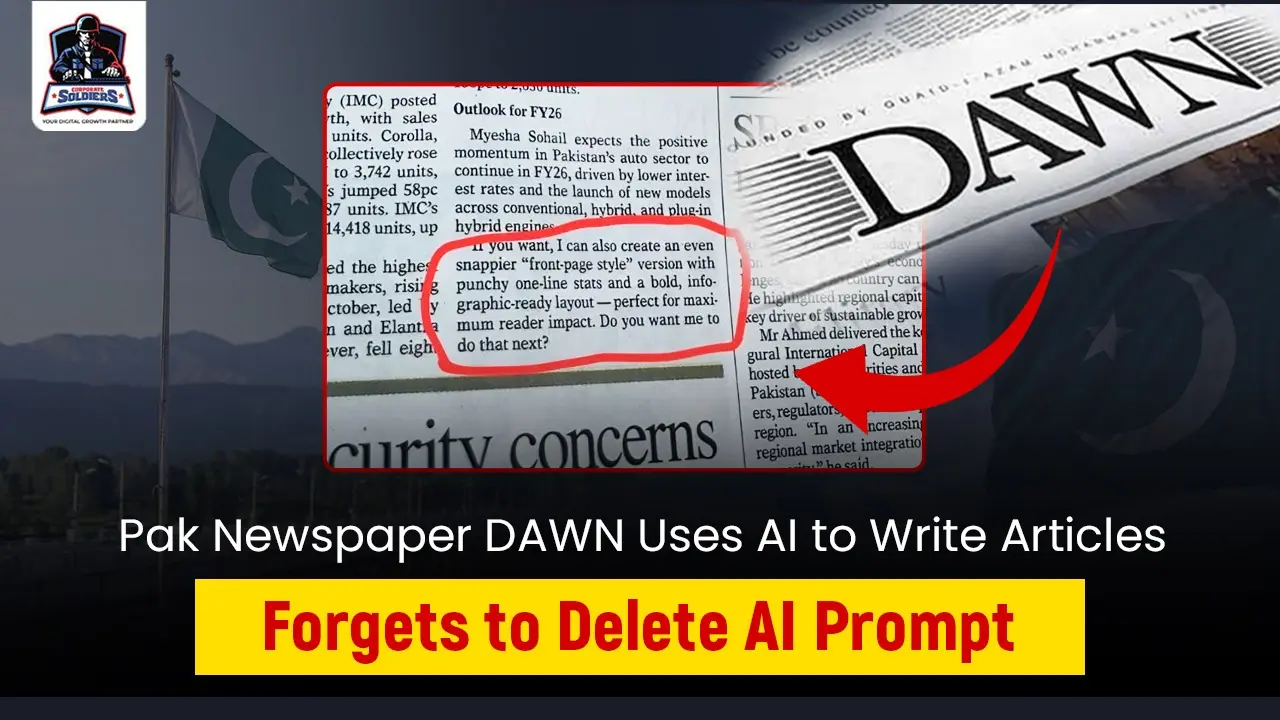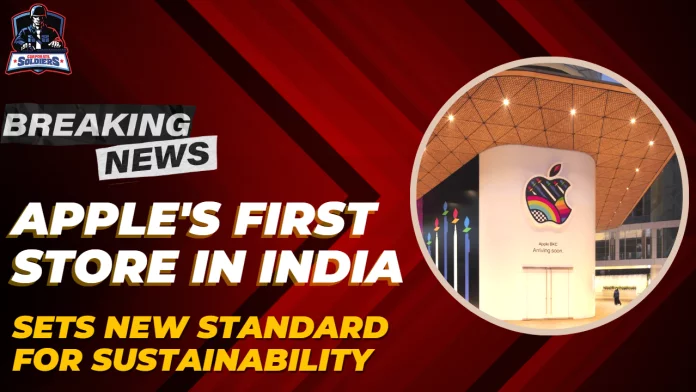Today there are more advanced language tools, like GPT-4 or Google BARD, which can develop better content than the present generation of virtual assistance. These are two conversational AI tools for offering helpful responses to questions and prompts from users in varying techniques.
What is Google Bard?
Google Bard is a conversational AI that receives text commands/prompts and responds with relevant info powered by an LLM research. This program helps users make mind maps, outlines, and concise summaries. It currently gets an average of 146.6 million visitors per month, with 62.6% originating from the US and 40% searching for related topics.
What is Chat GPT4?
OpenAI is a leading provider of technology and the latest generation of deep learning models for creating safer and responsible output instead of that created on ChatGPT. Specifically about being precise with hard topics, it’s much more creative and cooperative than it used to be. GPT-4 is incorporated into the OpenAI API and has an 82% lower chance of responding to prohibited content and a 40% greater likelihood of providing accurate replies.
Google B-ARD was trained on Infiniset, an unstructured data set consisting of Common Crawl, Wikipedia, news articles, and web documents, to improve its dialogic abilities. It also has access to the real-time internet—something that the ChatGPT does not own as it has been trained before to date, January 2021.
With regards to writing prowess, Google B-ARD can generate improved conversational and contemporary answers than that of ChatGPT. However, chat-gpt thrives in creating paragraphs, summaries and other forms of text processing.
Chat GPT-4 vs. Google Bard
Humanlike content
AI’s success depends on its ability to respond in ways that sound as if the responses are coming from another natural person. Compared with chatGPT-4, Bard is more humanlike in its responses and tends to have free-flowing conversations.
Subsection: Instruction: Convert the given sentence from AI-written to human-written. Besides, Bard sounds almost offended at the foolish questions.
Bard incorporates actual user satisfaction ratings (98% for Bard, 75% for ChatGPT-4) to back up the claim about human-like conversations.
Authenticity and Response
ChatGPT-4 is a human-like device developed by OpenAI that responds to text input. It is a comprehensive language model that has been trained on a large amount of Internet texts. However, Google Bard can also provide answers to questions and write from prompts. And is specifically trained on a dataset of conversations.
User Friendliness and Interface
In terms of user-friendliness, Bard is better than ChatGPT-4. The interface is more attractive, and the text is formatted for quick scanning. Besides, Bard lets you edit your questions after they are asked.
- ChatGPT-4 boasts a vast user base of 14.3 million daily users.
- While still a newcomer Bard is catching up quickly, attracting 4.62 million daily users within its first few months.
Text Processing: Summarization, Paragraph Writing, Etc
ChatGPT-8 and Google Bard can be used to create text, for instance, to summarize information or write a poem and even an essay. Talkingbot technology is based on text from the Internet, which ChatGPT-4 used, and a specialized conversation dataset is fed into Google Bard.
Some would maintain that chatGTP-4 is more competent when composing paragraphs, summations, and other text-based processing duties. However, others hold that Google Bard is superior regarding conversations.
ChatGPT-4 generates summaries and text-based works with 83% user satisfaction, while Bard generates 76% satisfaction in summary and paragraph generation.
Pricing
ChatGPT-4 responses are written by a person talking to another person. However, users must take out a paid subscription and the number of daily requests is limited.
However, Bard is accessible to everyone for free, and there are no restrictions or fees, making it affordable for everyone.
According to a survey:
- 60% of the content writers indicated that they preferred Google BARD, while the rest, 40%, said that they selected ChatGPT.
- 75% of the content writers believed that Google BARD was more conversational and relevant compared to ChatGPT.
- From the viewpoint of 80% of the content writers, ChatGPT is more capable of paragraph writing and summary than Google BARD with respect to other text-based processing.
It is obvious that both models have different strengths and weaknesses. ChatGPT excels in other text-based processing tasks such as paragraph and summary generation, while Google BARD tends to produce more conversational and contemporary replies. Consequently, a writer chooses one model over the other based on their particular requirements.
According to a report by TechRepublic, ChatGPT-4 and Google BARD are both virtual assistants designed to generate responses to prompts. When used appropriately, ChatGPT-4 and Google BARD can be used to support certain business processes in content production, development, and more.
Summing up, Google BARD and ChatGPT are highly performing language applications for the creation of excellent text. Google BARD is more effective in producing conversational and contemporary answers, whereas ChatGPT produces paragraphs, summaries, and other text processing functions. Therefore, content writers must select a model which suits them best.










